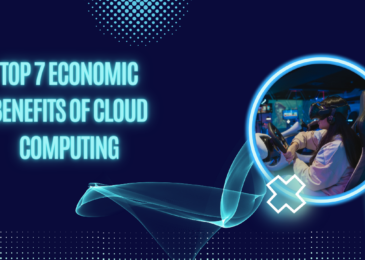Cloud computing is fast becoming one of the most popular forms of computing among business people. Broadly defined, it is a form of computing service that is provided over the Internet, by which information, resources and software that are held in common by members of an online community can be downloaded to individual computers on demand. The “cloud” is used as metaphor for the Internet itself; its use in computer diagramming goes back much further.
More specifically, cloud computing takes on many forms, the names of which usually end in “as a service” (abbreviated aaS)—they include API as a service, backend, data, database, platform and storage. For instance, desktop virtualization uses the client-server computing model to separate the desktop environment of the computer from the machine itself.
In all its forms, cloud computing is something that every business should desire. Its many advantages will be discussed below.
Multitenancy
By multitenancy we mean that a single copy of the file is running on the server, accessible to more than one person at a time. This accessibility is independent of what machine is being used or where one is—or even what type of device (computer, smartphone or tablet) one is using, so long as it has an Internet connection. Thus, even if people are on opposite sides of the globe, they can share files.
Ease of data recovery
Files that are stored on a machine are vulnerable to loss if that machine crashes. With cloud storage, there is no need to worry about that possibility—as long as the World Wide Web stays up, the files will still be there, waiting to be looked at.
Reduced expenses
The costs in a number of areas are reduced with cloud computing. There is no need to purchase an infrastructure for tasks that are not frequently undertaken—a third party will normally provide that. Cloud computing applications are also easier to maintain than non-cloud applications—since the files can be accessed from anywhere, there is no need to install software independently on different machines.
Flexibility and scalability
When we say that the cloud is “scalable,” what we mean is that it is flexible enough to meet the changing demands of users. There is no need to engineer for “peak loads,” which are the maximum loads carried by machines over a given period of time.
Heightened security
Some experts fear that files stored online will be less secure than they would be on a desktop, where they can be protected by a password and by firewalls and other software designed to keep out malicious content. The user may have little or no control over sensitive data and stored kernels are unprotected. However, there is the possibility that cloud storage, either now or in the future, might actually become more secure than traditional storage as the data is highly centralized and more resources can be devoted to its protection. It can be quite difficult or even impossible to access security audit logs, though.
The biggest advantage of all, however, is that you do not need to know about any of the technology that lies behind the system that you are using. You can simply use the storage and computing power.
Some cloud service models
Infrastructure as a service (IaaS), also called hardware as a service, is a way of supporting the operations of a business by delivering infrastructure to clients on an outsourced basis. The infrastructure is paid for on a usage basis. Servers and hardware are typically provided, as are data center space and storage.
Performance as a service involves providing a client with a computing platform, which is a unique combination of two items—hardware architecture and software framework. With PaaS, applications can be deployed free of the hassle and expenses involved in purchasing and maintaining hardware and software systems.
Software as a service means that software is centrally hosted online. A “thin client” (a computer that uses another to perform its computational functions) is typically used to access the software.
Cloud computing is the 21st century way in which businesses store, manage and share their data.






